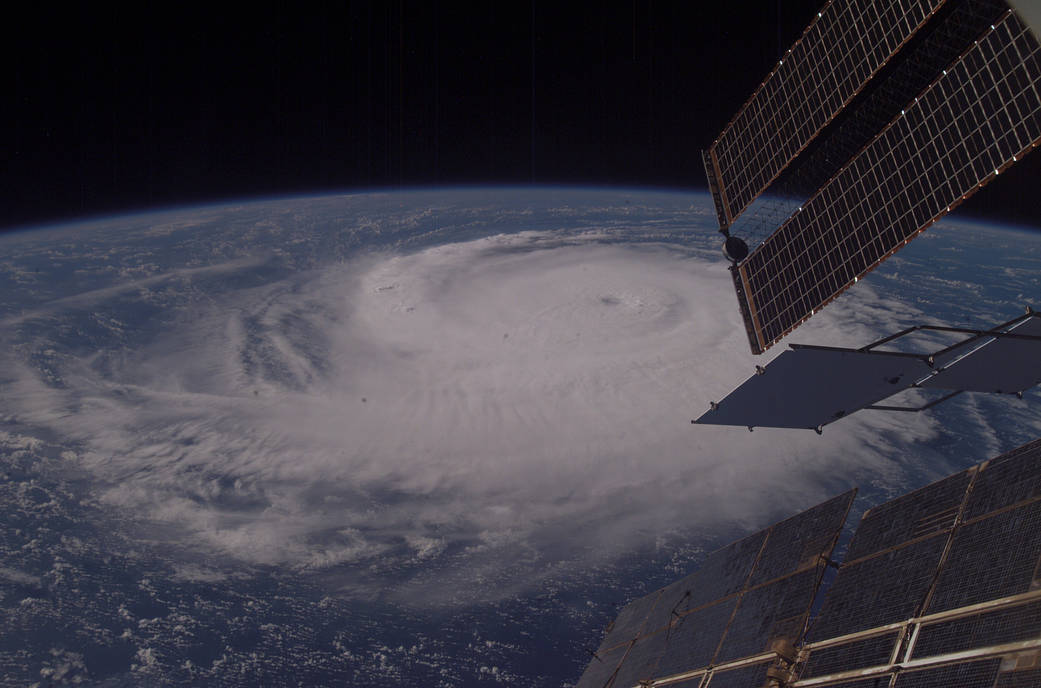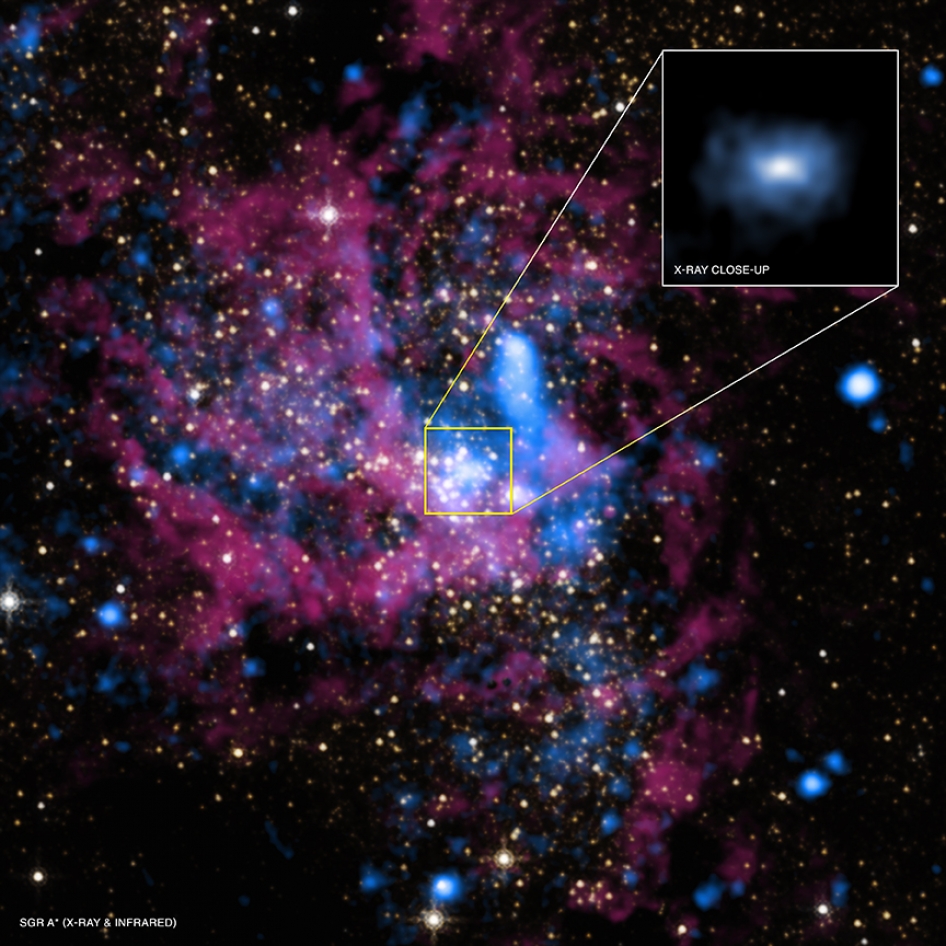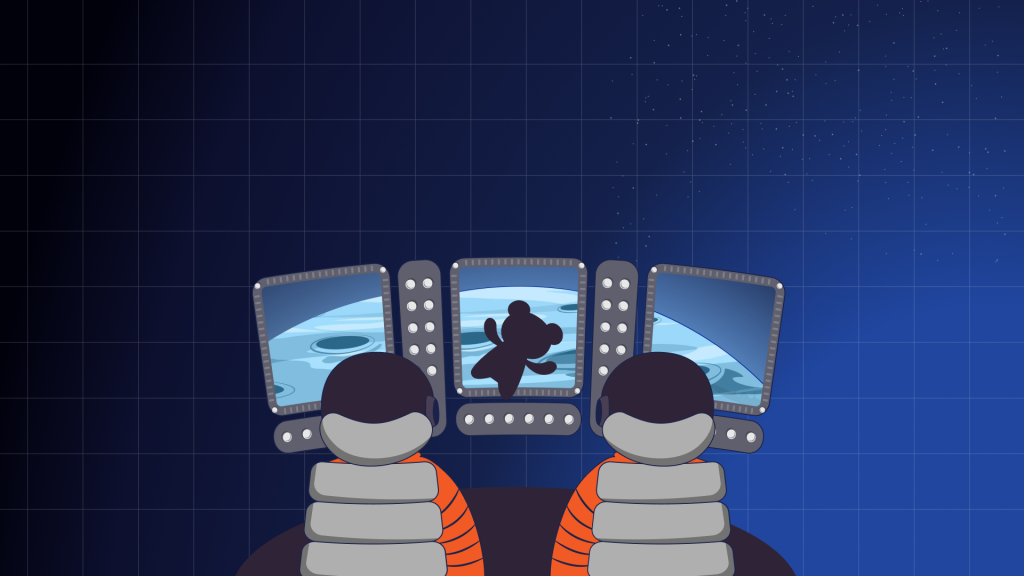
Since the first crew arrived on Nov. 2, 2000, the International Space Station has grown and evolved into a state-of-the-art laboratory complex, offering an environment that cannot be duplicated on Earth. The station continues to further knowledge of our home planet, providing important observations on meteorological and atmospheric phenomena as well as geographical, manmade and natural landmarks. The station also furthers the understanding of how the human body functions for extended periods of time in space-all of which will prove to be vital for long-duration missions.
Said Expedition 1 commander Bill Shepherd, “the shape of our future space exploration is still to be formed. We may have adequate technologies, but exploration is more about purpose. We are now at a crossroads, deciding whether we are bound to inhabit only the Earth, or if humans are to live and work far from the home planet.”
This oblique view of Hurricane Frances was photographed from the International Space Station by the Expedition 9 crew, with a digital still camera, at 12:51:44 GMT, August 28, 2004.Image Credit: NASA

























